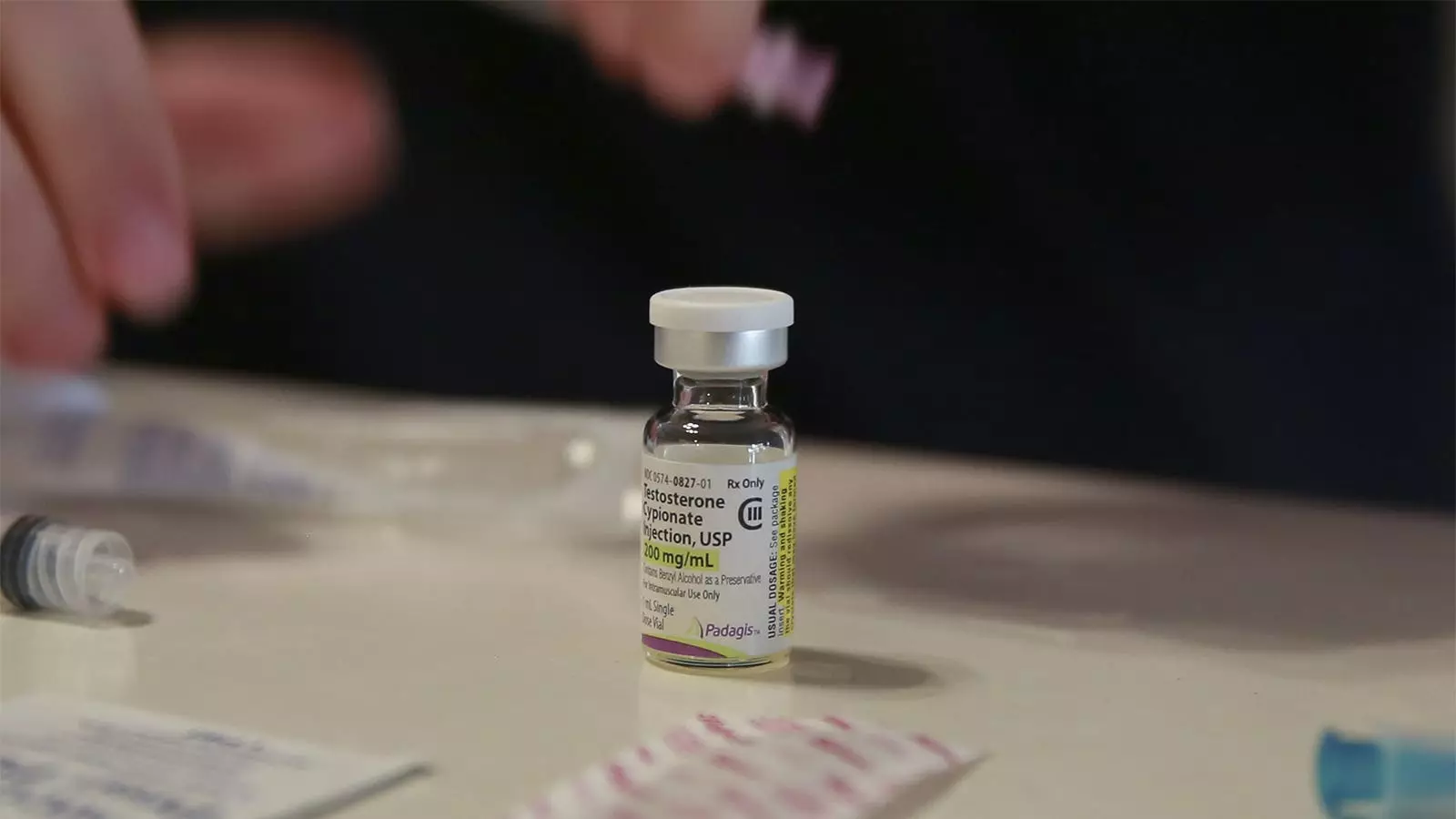The ongoing legislative discussions around healthcare for transgender youth in the U.S. have become increasingly complex, with significant misinformation clouding the debate. Concerns are often based on exaggerated claims regarding the prevalence of young individuals receiving gender-affirming treatments. Recent research, however, sheds light on the actual numbers, presenting a much clearer and less alarming picture.
A recent study published in JAMA Pediatrics provides the most reliable estimate available, revealing that the use of gender-affirming medications—specifically puberty blockers and hormones—is exceedingly rare among U.S. adolescents. The findings indicate that fewer than 1 in 1,000 adolescents with commercial health insurance received these treatments over a recent five-year study period. This clarifies the landscape as legislative measures aimed at restricting such care become more prominent across various states.
At present, at least 26 states have enacted laws that restrict or outright ban access to gender-affirming healthcare for minors. Many of these laws are facing legal challenges, and a pivotal U.S. Supreme Court decision regarding a case from Tennessee is anticipated later in the year. The political context is charged, with figures such as President-elect Donald Trump indicating intentions to rollback protections for transgender individuals.
The potential consequences of these restrictive laws can be significant for the mental health and well-being of transgender youth, as access to appropriate healthcare is crucial for them. The increasing trend of legal action against gender-affirming care raises ethical questions about parental rights, medical autonomy, and the lived experiences of these adolescents.
The study in question analyzed a vast insurance claims database that encompassed over five million adolescents aged 8 to 17. Researchers noted that during the five-year period from 2018 to 2022, only 926 adolescents received puberty blockers, while 1,927 received hormone treatments. This data suggests that less than 0.1% of all youth included in the database were prescribed these medications, highlighting the significance of conservative medical practices in this field.
One notable finding is that no patients under the age of 12 were prescribed hormones, which indicates a cautious approach among healthcare providers regarding treatment initiation for young patients. Lead author Landon Hughes, a Harvard public health researcher, emphasized that this evidence counters the notion that there is an inappropriate proliferation of gender-affirming treatments.
It is crucial to understand that not all transgender youth pursue medical interventions. Dr. Scott Leibowitz, co-lead author of the adolescent care standards for the World Professional Association for Transgender Health, explained that each adolescent’s journey towards understanding their gender identity is unique. He reiterated that the ideal care for these young individuals involves addressing their specific needs and circumstances, which reinforces the importance of having experienced professionals who can collaborate with families throughout the process.
Understanding the hesitancy toward medical treatment in younger patients is not only a sign of responsible healthcare practices but is integral in dispelling misinformation surrounding the topic. Parents, healthcare professionals, and lawmakers must approach discussions around gender-affirming care with empathy and a commitment to addressing the nuanced experiences of transgender youth.
As the narrative surrounding transgender youth healthcare continues to evolve, it is vital to ground discussions in accurate data and humane perspectives. Studies like the one from JAMA Pediatrics provide critical insights that can counteract fear-based ideologies and guide policymakers toward informed decisions that prioritize the well-being of all adolescents.
Privileging conversation that focuses on facts fosters a more compassionate approach toward transgender minors, allowing for a supportive environment where they can thrive. Encouraging dialogue among health professionals, families, and lawmakers can lead to better-informed policies and ultimately, better outcomes for transgender youth navigating their identities in a challenging climate.


Leave a Reply